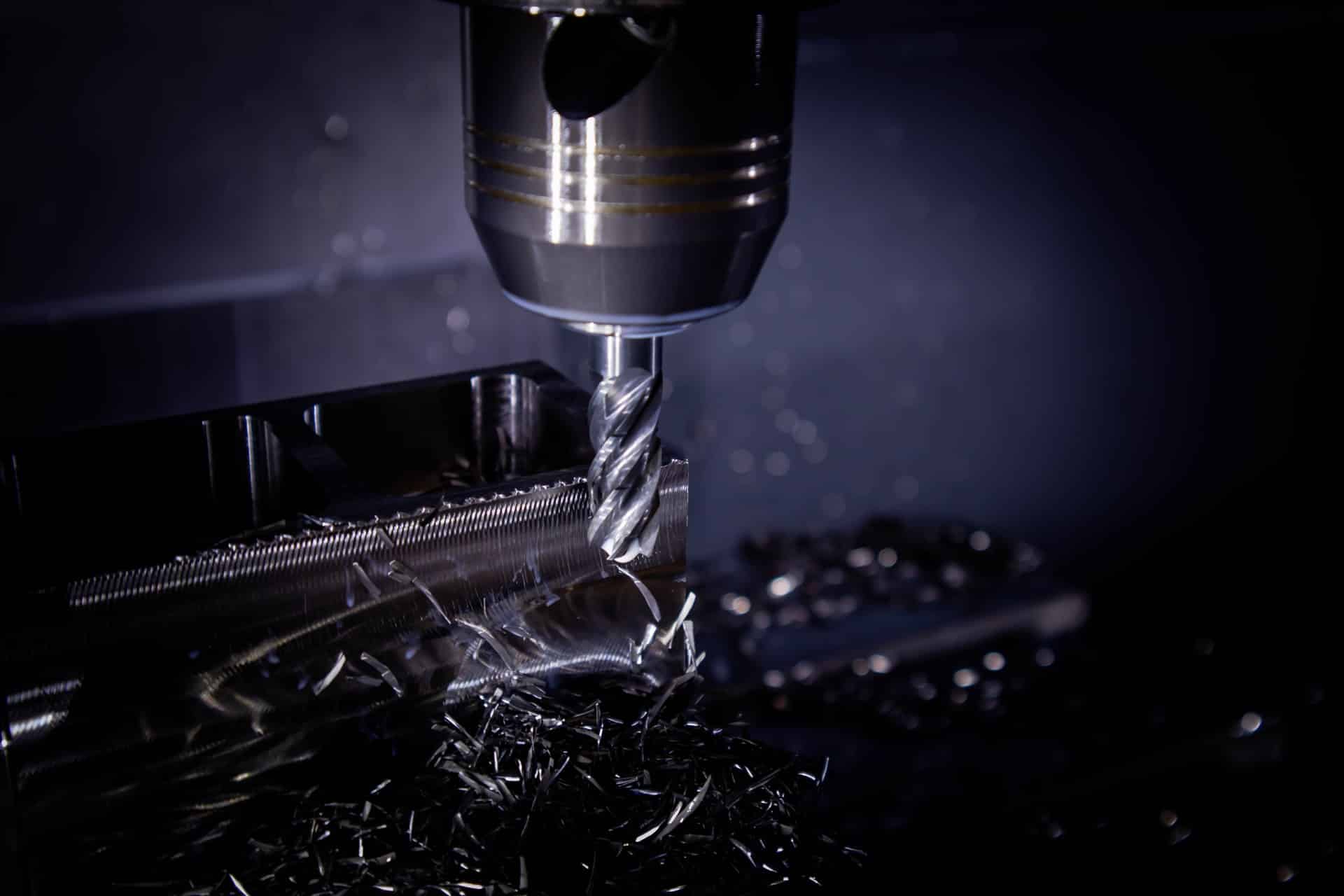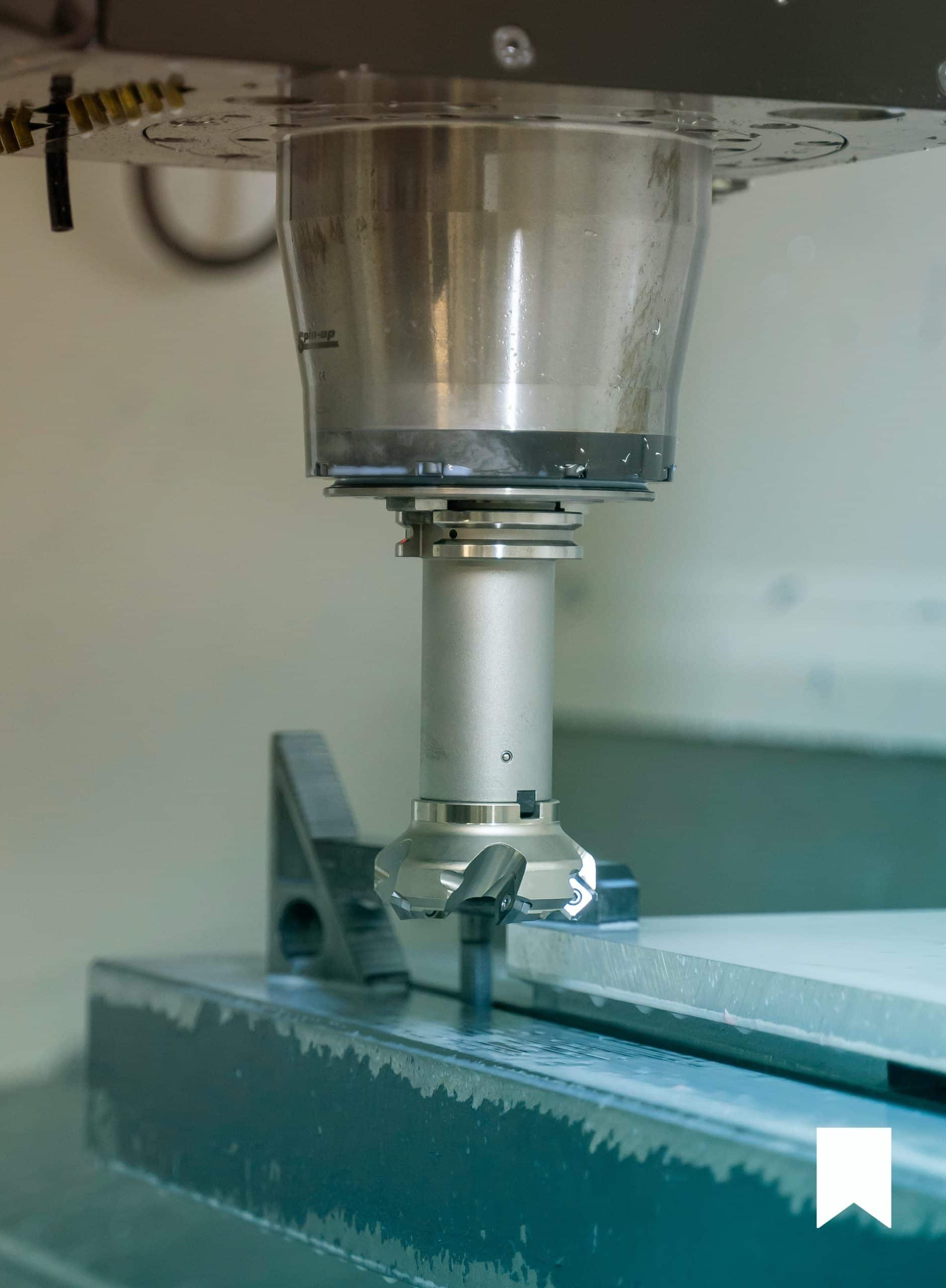Machining means removing and designing material by using the latest technological techniques. Metal machining is also a process used to create metal parts, machinery, and tools with state-of-the-art machines (CNC machines). Paper goods, plastic, and rubber are used in the metal machining manufacturing process as additional materials.
For a successful project, it’s important to gain basic knowledge about the process, material, and machines you are planning to use for your projects. Metal machining has gained prominence in the manufacturing industry and has sped up the fabrication process and production ratio.
You must be aware metal machining process, materials, power tools, and the various applications of metal machining methods. So you can avail all of the advantages/benefits of the metal machining method.
IMAGE: UNSPLASH
What Is Metal Machining Process
Metal machining refers to the manufacturing process used to achieve the desired parts and designs. This process involves cutting raw material and fabrication of desired size and shape and is mostly used to create tools and metal parts. This method uses drill press, lathe, milling, reaming, and boring machines to manufacture various metals.
Accuracy is a critical factor in metal machining for the manufacturing of prototype and end-use parts. High accuracy means you can get according to your requirements and preference. You get the parts accurately with no errors, and it can be possible due to CNC machines and CAM & CAD programming software.
Fabrication of precise and accurate parts is now easy with CNC metal machining. Some major factors which play an important role in measuring accuracy are:
- Material Selection
- Room Temperature
- Machine Quality & Condition
- Tool Selection & Condition
- Inspection & Feedback tools
Types Of The Metal Machining Process
The metal machining process can classify into two categories:
Non-Conventional Process
It involves a chemical or thermal source for the removal of material.
Conventional Process
It is used for metals and uses specific cutting tools to achieve the desired design.
Some types of metal machining processes are as follows:
1. Abrasive Machining
As its name indicates, an abrasive tool is used to shape features and remove material from a workpiece. The basic function of abrasive machining is improving surface finish and forming features of the workpiece. Some types of abrasive machining are:
- Ultrasonic Machining
- Lapping
- Grinding
- Honing
- Abrasive Jet Machining
2. Thermal Machining
Thermal machining works like laser cutting, and the only difference between both methods is that in thermal machining, EDM doesn’t need mechanical force for the removing procedure. It is a non-traditional manufacturing method that includes EDM machining, torch cutting, and high energy beam machining methods.
3. Chemical Machining
Chemical machining is a method to remove metal to make the desired shape and dimension by using chemicals such as acid and alkalines. Mostly this method is suitable for all types of materials and completed by selective and overall removal of material.
In this process, components are coated with spray to remove dust and oil, making possible good adhesion of the coating agent. Then after cleaning and drying and going through some other processes such as cutting, peeling, and screen printing, removal of metal is completed by etching.
4. Mechanical Machining
Mechanical machining uses two types of cutting, i.e. single-point cutting, and multi-point cutting; single edges tool can use for removing material in single-point cutting. One example of single-point cutting is turning, in which, after rotating the workpiece and feeding, a cutting tool material is removed from the workpiece.
You can create various features by applying different turning operations such as grooving, facing, and boring. Flate surfaces, complex contours, and slots are types of features created by single-point cutting.
In multi-point cutting, different milling operations such as the face end and chamfer; milling use multiple sharp teeth cutting tools to move against the workpiece. This process removes the material from the workpiece, and various features can be created, such as pockets, chamfers, and flat surfaces.
What Are The Best Metals For Accurate Metal Machining?
Material selection is of much importance as it determines the accuracy and quality of your parts. Metal machining uses a wide array of materials, and most materials are also used for the CNC machining process.
You can choose materials wisely to prevent a negative impact on the accuracy of parts and machining. Hard-to-machine metals are not recommended; although a good machine can cut and machine hard metals, it still needs to avoid due to more time and power consumption. Hard material also can reduce the precision and accuracy of machines.
It is important to use machinable metals to easily cut tools at low power to manufacture an accurate and high-quality finish.
Some best metals that can be used for highly accurate metal machining are:
- Brass C35300
- Stainless steel 303
- Stainless steel 304
- Aluminium 6061
- Aluminium 7075
- Aluminium 2024
When Do You Need Accurate Metal Machining?
The best time when you need metal machining may be as under:
- The metal machining process is best for potential long-term clients because this method gives high accuracy parts that can fulfill the customer’s demand and requirements.
- It ensures good performance of parts’ functionality and provides the satisfaction of high demanding accuracy.
- If your client is not satisfied with other companies and you want to guarantee satisfaction, then metal machining can be a smart choice.
- For big and bulk production projects that demand high accuracy parts, you can go for metal machining.
- It is good to adopt metal prototypes and machining for investor pitches.
- In other methods where mechanical parts interact with other parts, they need high accuracy for parts compatibility. Metal machining needs to be applied.
- More scarping can make your project more costly, especially for expensive metals. So choose metal machining to fabricate expensive material to provide the parts at cost-effective rates and minimize the scraping rate.
- Metal machining is good for new clients and customers, and it will build their trust and give them satisfaction.
Conclusion
Metal machining is a complex process and uses various materials such as alloy steel, stainless steel, and carbon steel. This method involves high accuracy, tolerance, and different geometrical shapes. Whatever material and metal are used in this process, you should choose the right metal machining provider to cover your demand and perspective areas.
IMAGE: UNSPLASH
If you are interested in even more technology-related articles and information from us here at Bit Rebels, then we have a lot to choose from.


COMMENTS